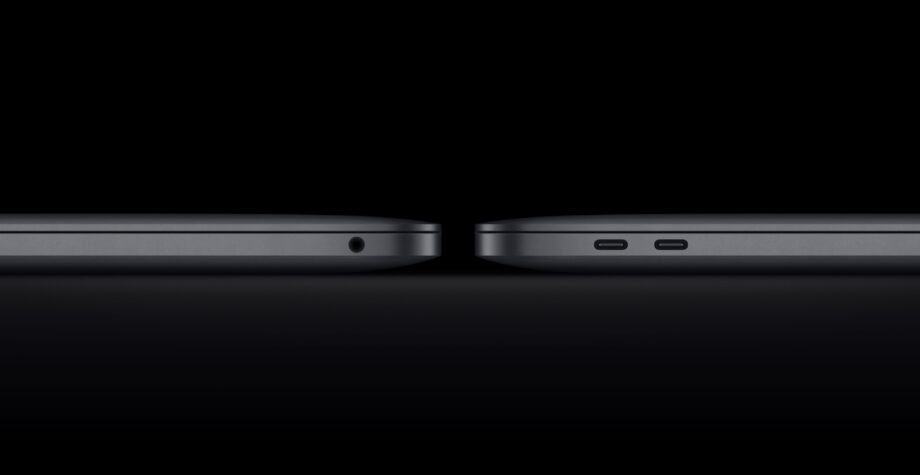What is USB 4? All you need to know about the new USB standard

Apple unveiled the latest updates to its MacBook Air and MacBook Pro lines this week. The company also revealed that both laptops will include two Thunderbolt ports with support for USB 4. But, what is USB 4?
USB has been given a few updates since the dawn of USB 3, but none quite as monumental as USB 4. The specification was unveiled over a year ago and we’ve recently begun seeing it appear on devices.
Keep reading to find out all you need to know about the latest version of USB.
What is USB 4?
USB 4 is the new standard of USB, following on from USB 3.2.
The USB Promoter Group announced the release of a USB 4 specification in March 2019, which was later confirmed by the USB Implementers Forum (USB-IF).
According to the USB-IF, the USB 4 specification “complements and builds upon the existing USB 3.2 and 2.0 architectures. Based on the Thunderbolt™ protocol specification contributed by the Intel Corporation, USB4 doubles the maximum aggregate bandwidth of USB and enables multiple simultaneous data and display protocols”.
Related: MacBook Air with M1
One of the main advantages to this new standard is how fast it is. Because it is based on Intel’s Thunderbolt protocol, data transfer speeds can reach up to 40 Gbps. That’s double USB 3.2’s 20 Gbps limit.
This also allows USB 4 to support Thunderbolt 3 devices. The new MacBook Pro, for example, is compatible with Apple’s Pro Display XDR in its full 6K resolution through USB 4. In the past, the display would typically have required a Thunderbolt 3 cable. Thunderbolt 3 compatibility isn’t required by manufacturers though, so you should check the specs before you buy.
Unlike USB 3.2, USB 4 is able to allocate different levels of bandwidth to video and data transfers when required simultaneously. This improves efficiency and ensures your transfer speeds don’t suffer when using a display.
Related: MacBook Pro with M1
The new standard continues to take advantage of existing USB Type-C cables but, unlike previous versions, does not support USB Type-A. Thankfully, USB 4 is backward compatible all the way back to USB 2.0. However, if you rely on USB-A, you’ll need to look into getting an adapter to take advantage of the increased data transfer speeds.


